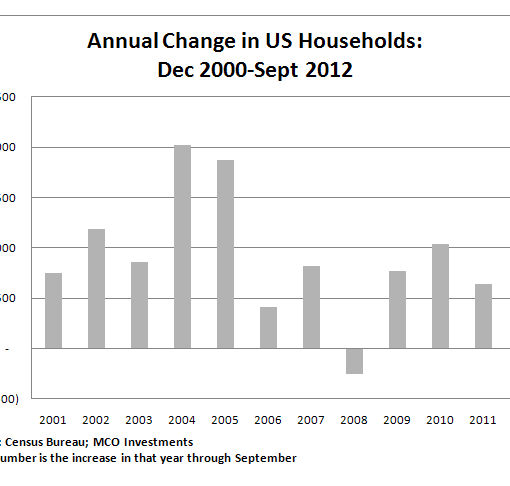Sometimes it feels like the whole personal-finance industry exists just to tell you what to buy. Yet knowing when and why to sell is just as important (if not more so), and investors can make costly mistakes if they don’t know how to dump the rotten eggs in their portfolio.
A big part of the problem is human nature. Really, who likes fessing up to a bad call? Behavioral finance experts such as Daniel Kahneman and Amos Tversky have documented in numerous studies how investor “loss aversion” can lead to irrational and money-losing mistakes.
In short, investors tend to feel the pain of loss more acutely than feel the pleasure of gain. Also, research published in 1998 by behavioral-finance professor Terrance Odean of the University of California, Berkeley, showed that individual investors are 50% more likely to sell a winning stock than a loser.
With a paper loss, it’s easier for investors to convince themselves the stock will come back and they’ll break even — if only they stick with it. Some will even double down and buy more.
Why? The depressed stock is a bargain relative to the original purchase price, investors often reason. This is a potentially dangerous game.
Overcoming the loss aversion syndrome requires stepping back, letting go of one’s pride and doing some dispassionate analysis.
One way to tackle the problem, suggests Mark Hulbert with The Wall Street Journal, is to “subject your stocks to the same valuation criteria that you used when initially deciding to purchase them.” If you bought a stock because it was outperforming its peers and had a lower price/earnings ratio, then ask yourself if that is still the case. If not, and the stock is tanking, it may be time to sell.
Biting the bullet on a stock that has significantly lagged the market over the past 12 months is another potential approach. Michael Sincere at MarketWatch suggests cutting lose a stock once it declines a certain percentage.
Morningstar StockInvestor editor Matt Coffina suggests remembering that any investment represents a choice among competing alternatives. As market conditions change, so can the relative attractiveness of your holding. Here’s his take:
“Every investment decision is relative. So, when you decide to own one stock, you’re also deciding not to own any number of other stocks, cash, bonds, options, or whatever it is. If we have a better opportunity, then that is the best time to sell and put that capital to work in something better.”
There are also some tax reasons to cut loose a trade gone bad. If you hold the stock in a taxable account, you may be able to use tax-loss harvesting to reduce the tax liability on capital gains elsewhere in the portfolio.
DISCLAIMER: The information in this material is not intended to be personalized financial advice and should not be solely relied on for making financial decisions. Neither Covestor Limited nor its representatives are engaged in rendering tax, accounting or legal advice. A qualified professional should be consulted regarding the effect of such considerations on the matters covered in this article. Past performance is no guarantee of future results.




